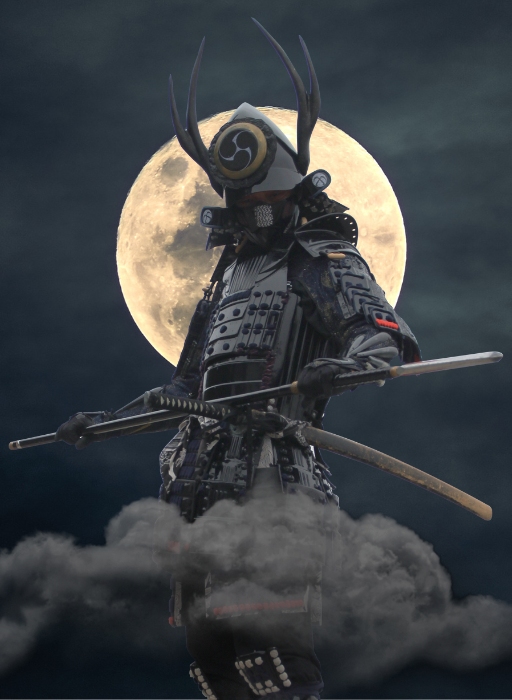FAQs
A katana is a japanese sword characterized by a curved, single-edged blade with a circular or squared guard and long grip to accommodate two hands.
The katana is generally defined as the standard-sized, moderately curved Japanese sword with a blade length greater than 23.86 inches. It is characterized by its distinctive appearance: a curved, slender, single-edged blade with a circular or squared guard and long grip to accommodate two hands.
Western historians have said that the katana was among the finest cutting weapons in world military history.
Having a regular cleaning routine in place is key to maintaining your katana.
You can purchase a traditional sword cleaning kit that will have everything you need. There are three steps: removing oil, polishing the blade, and oiling the blade.
Using a sheet of rice paper from the kit or soft cotton cloth, remove any oil that is still on the blade from the previous maintenance. Take the powder ball and tap it lightly against the blade about every two inches or so along its length. Take a fresh piece of rice paper and rub the powder over the blade to polish it. Do this until both sides of the blade have been polished and the powder completely removed. Take the bottle of oil and apply a few drops along the length of the blade on each side. Use a fresh piece of rice paper to spread the oil evenly on the blade.
The most iconic and well known of all the Samurai swords; the katana is distinguished by its long blade and handle that is made to accommodate two hands and strike from a large distance. It has a curved, slender, single-edged blade with a circular or squared guard. The katana has a set of dimensions that separate it from other samurai swords. A traditional katana will measure 3 to 4 feet in total length, with the hilt taking up one-fourth of the total and a characteristic curvature of more or less than 1 inch.
A full tang katana is the sword where the tang extends to almost the whole length of the handle, which makes the blade and the handle the same piece of metal. This gives to the sword certain rigidity and makes it a very solid piece to enjoy.
Full Tang katanas are handmade swords. They can be made of various stainless-steel types according to the Carbon Concentration. The forging is the essential part of the production because it allows the samurai sword to be solid and relatively light. Commonly, the piece of metal is repeatedly heated by fire and hammered while the metal is being folded. The mounting of the different parts is a very delicate operation that has its origins deep in the Japanese civilization. Samurai are used to cherish their Katanas as their trusted partners, and they handle them with love and care.
